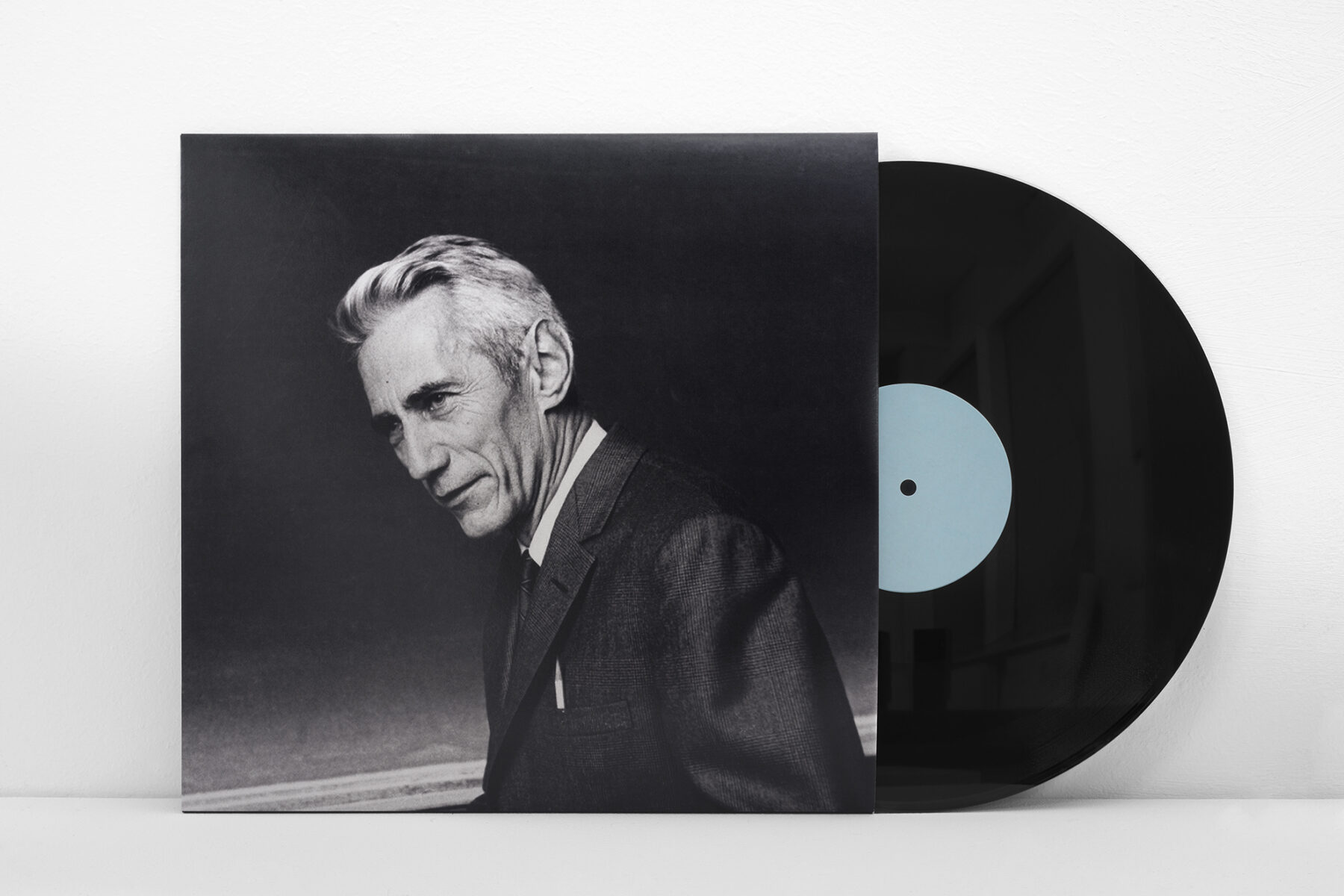A Mathematical Theory of Communication (LP)
Gaviria’s work, A Mathematical Theory of Communication (2015), has been read and recorded on 10 LP records. The source material of the work is Claude Shannon’s seminal text, A Mathematical Theory of Communication (1949), which Gaviria reconfigured in the above-mentioned work to amplify the level of entropy of the text. The result is another text that, although compiled from the same signs and characters as the original, contains no discernible order or meaning.
A Mathematical Theory of Communication (LP) (2016) is a reading of that reconfigured text. It is read letter by letter, since the pairing of these letters does not contain any detectable language patterns that could be interpreted or read as words. The recording lasts 7 hours.
In Gaviria’s work, Shannon’s text can be understood as a ciphertext, produced through a tautological application of Shannon’s own theory of information entropy. An encrypted text, in turn, can be thought of in relation to “silence.” Not necessarily in a metaphorical sense or as the linguistic silence that uses actions such as rhythm or prosody, but as the much more literal and profound silence that results from the experience of facing a text that cannot be spoken.1
By reading the cyphertext of his work A Mathematical Theory of Communication (2015), left to right, top to bottom, letter by letter, Gaviria is giving this cyphertext a voice, one that seems to make a farce of spoken language.
- The idea of silence in relation to the ciphertext is elaborated by Quinn DuPont in the chapter “Silent ciphertext” of his PhD dissertation “An Archeology of Cryptography: Rewriting Plaintext, Encryption, and Ciphertext” (2016).
